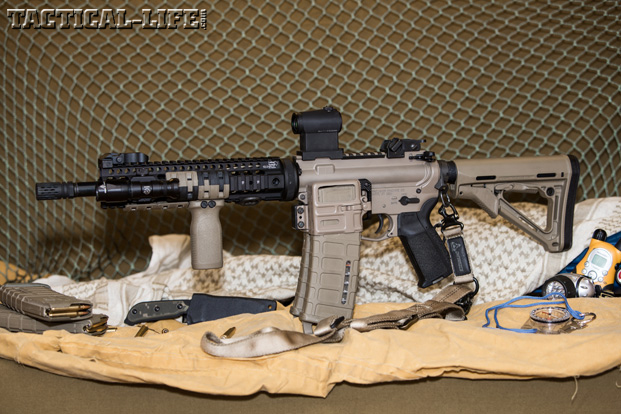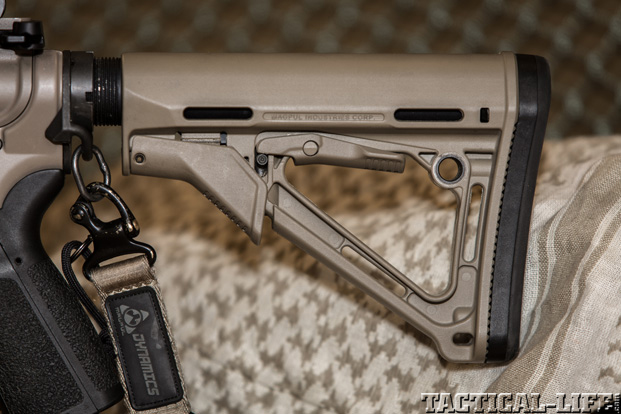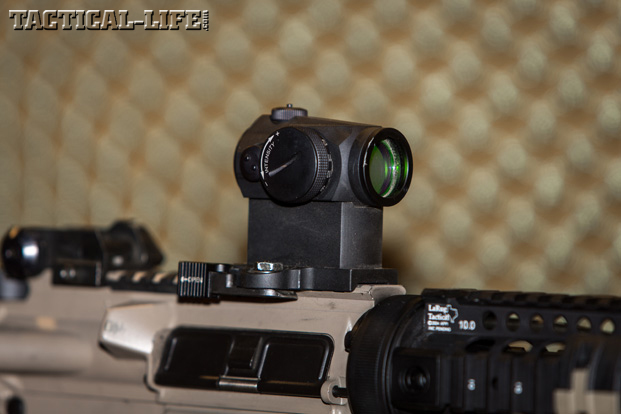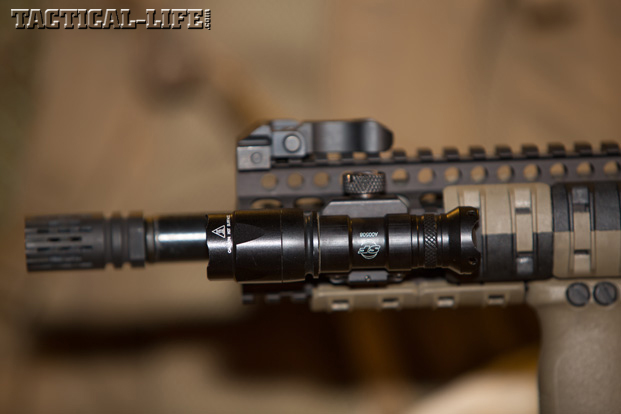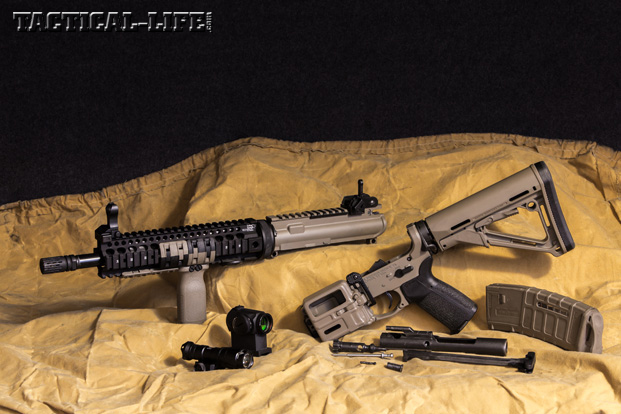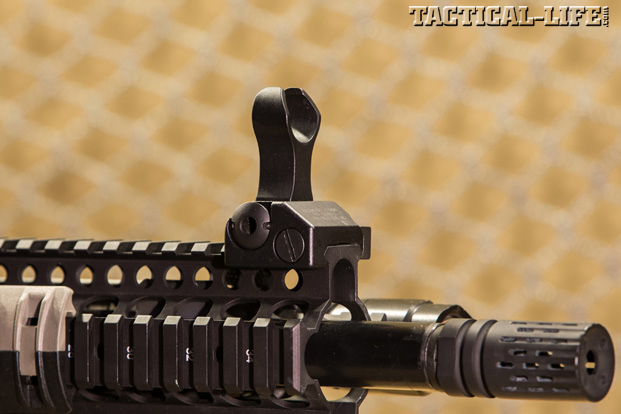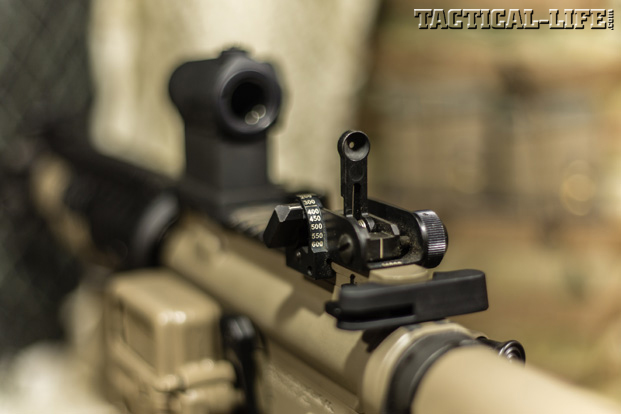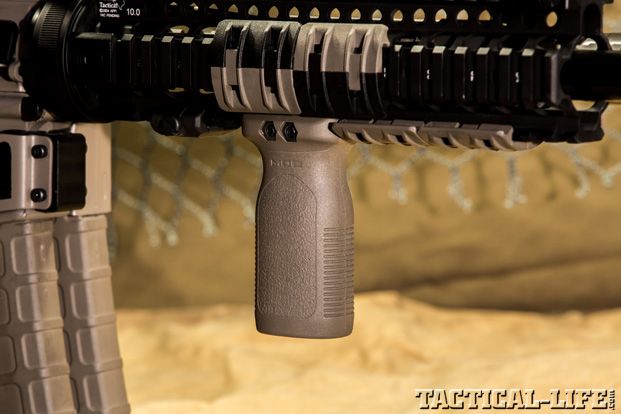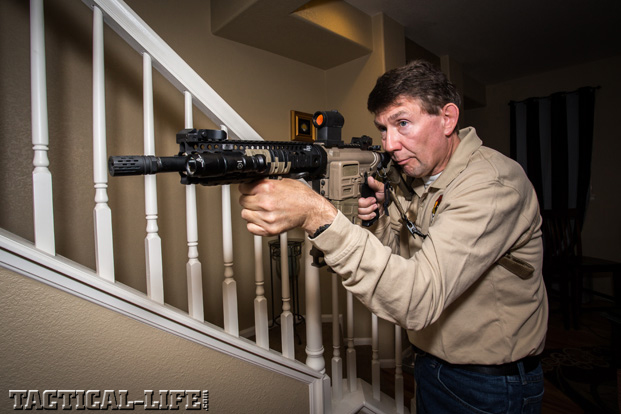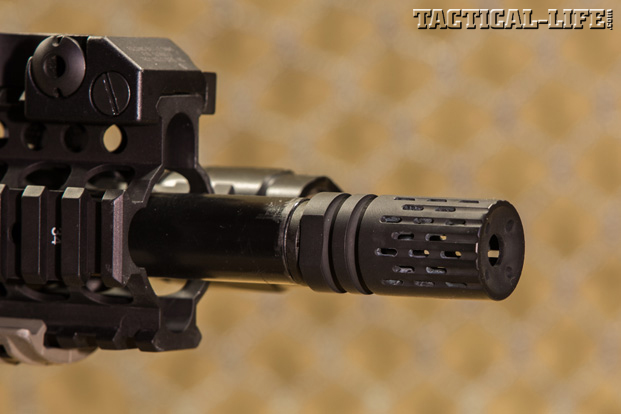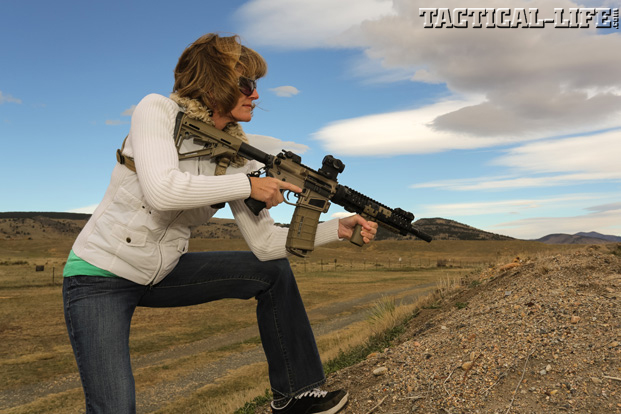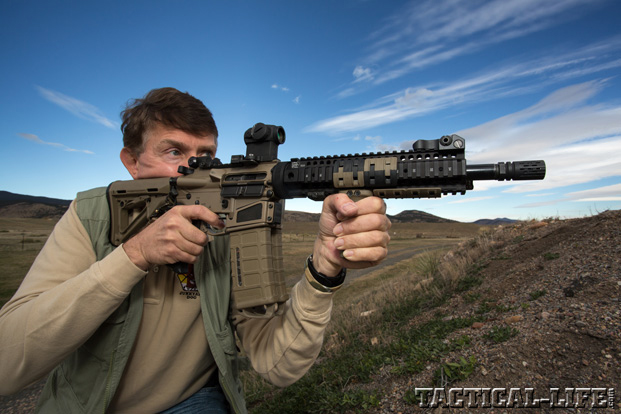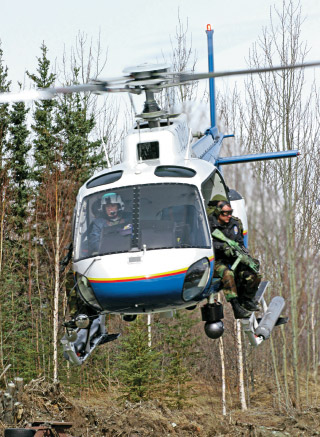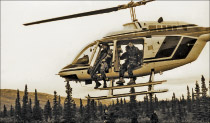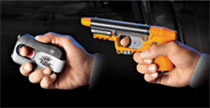Until the final few years of the 20th century and the arrival of the new millennium, most people did not give much thought to preparing for long-term disasters. As a child in the 1960s, I remember my mother making sure we had a few candles for the short, infrequent power outages in winter and filling the kettle and the bathtub when the city announced it would shut off the water mains for maintenance. As far as preparation went, that was it. Fast-forward to Y2K and the potential for worldwide collapse in computer systems: As word of the problem spread, people began stocking up for a months-long famine and spending money on guns, ammo and self-defense classes. A new acronym surfaced: TEOTWAWKI; but when Dick Clark dropped his New Year’s ball in Time Square, The End Of The World As We Know It did not occur. As a worldwide disaster, Y2K was a non-event, but since then concern has arisen over the possibility of numerous kinds of disasters: tsunamis, forest fires, hurricanes, earthquakes, rogue nuclear-armed nations and pandemics. We are even buying ammunition designed to kill zombies! Today, we face an uncertain and faltering economy, global terrorism and undefined events that might be triggered by intangibles like the end of the Mayan calendar (which, incidentally, fell flat on its face as this issue started production).
To secure the wellbeing of themselves and those for whom they are responsible, many people have begun preparing in varying degrees for the coming bad times. Some “preppers” have built remote underground bunkers stocked with supplies, while others set aside space in the spare room for dehydrated food, batteries and the means to defend their turf when the police are not around to do it.
In most cases, pistols and shotguns are the most appropriate choices for home defense. Pistols are easy to carry and can be deployed quickly. Shotguns (if you include muzzleloaders) have for four centuries served as powerful, short-range zombie stoppers. That should be enough, and it probably is for most people, but times have changed over the past couple of decades. As long as bad guys have cars, no suburban neighborhood or remote farmhouse can really be considered completely safe. Just ask the ranchers who live along the southern border and who have to deal with not one, but several groups of intruders. A North Hollywood shootout in 1997 involved two criminals armed with Kalashnikov and AR platform rifles. The local police were initially armed with pistols and a few shotguns. An Omaha mall shooter carried a Soviet SKS rifle. Border Patrol Agent Brian Terry was murdered on the southern border with a Kalashnikov rifle.
Advertisement — Continue Reading Below
Fight Fire With Fire
Many law abiding citizens own semi-auto rifles and carbines because they offer greater knockdown power at longer distances than handguns, less recoil and greater accuracy at longer distances than shotguns, and greater magazine capacity than that provided by most pistols and shotguns. Rifles and carbines have been the mainstay of every infantry regiment for a very long time. But what works well on the battlefield works less well, in one important respect, in a civilian environment, where innocent people congregate: Rifle bullets can overpenetrate walls, vehicles and other structures to a greater degree than do pistol and shotgun ammunition, potentially threatening innocent bystanders. Reckless rifle shooting, even in self-defense, is not only irresponsible, but also potentially illegal. For this reason, it is vital that shooters always identify both the target and whatever might be behind it, to a distance of a mile or more.
Many of the most popular semi-auto carbine designs can be customized to suit the individual. Among these, the AR-15 stands above all others as the king of individual customization. There is a multitude of companies offering a variety of ARs with a choice of caliber, barrel length, sights, stocks, triggers and other accessories. Most people can find an off-the-shelf model that will fit their size and requirements pretty well.
Advertisement — Continue Reading Below
Factory customizing may work for most people, but not for my friend and colleague Dan Henderson, who decided to build his own personal-defense AR-15 from butt plate to flash hider. The AR-15 design has long been recognized as a great platform for its manageable weight, overall reliability and accuracy under field conditions. It offers a wide range of customization options. Dan is a former DOE SWAT team member, so he had a pretty good idea of what he wanted in terms of features, accuracy and reliability. One thing that makes Dan’s build interesting is that, with the exception of the AR-15 lower receiver (which is considered a firearm from a legal point of view and requires the usual background check and purchase through a firearms dealer), all the parts were purchased on the Internet or through local dealers.
Dan picked a barrel 11.5 inches long. The National Firearms Act requires that any rifle with a barrel shorter than 16 inches be registered with the Bureau of Alcohol Tobacco and Firearms as a short-barrel rifle (SBR) before the barrel is cut down. The fee (called a transfer tax) is $200.
For fun, Dan nicknamed his rifle “the Prepper’s AR-15.” Building a collapsible stock, short-barreled AR-15 like his has certain advantages in terms of environmental versatility. Compared to the original Vietnam War-era battlefield M16, Dan’s AR-15 is much shorter, which means it’s easier to deploy in confined spaces such as residential buildings and cars. Short carbines are also easier to transport in carry cases that don’t look like traditional gun cases, drawing less attention to the owner in public places. Perhaps one of the best reasons for shorter carbines is that the center of gravity is closer to the shooter, making it a bit easier for many people to hold on target in standing and non-braced kneeling positions. In other words, they are “handy.”
Outside the home, a compact carbine chambered for the 5.56x45mm NATO cartridge makes a lot of sense. Judging by the results our troops have had in Iraq and Afghanistan, the cartridge is accurate and hits well out to around 500-600 meters, allowing for some reduction in muzzle velocity due to the Prepper’s shorter barrel.
Advertisement — Continue Reading Below
Inside the home, this compact little powerhouse certainly makes it easier to navigate around obstacles like doorways, corners and furniture; but as with any solution, there are pros and cons. One of the pros is a 30-round magazine stoked with 5.56mm ammunition—an accurate, hard hitting, low-recoil round that has been the mainstay of the U.S. military since Vietnam. One of the cons is that the 5.56mm round is quite capable of slicing through multiple walls inside a typical residential dwelling. Of course, there are other rounds that create the same dilemma—magnum pistol cartridges and most shotgun slugs, for example.
Building The Prepper
There is very little that’s standard on the Prepper’s AR-15. The flat-top upper and M15SA lower receiver were manufactured by LRB of Long Island to Mil-Spec from aircraft-grade 7075-T6 aluminum forgings—the same alloy found in U.S. military M16 and M4 carbines—and finished with a hard anodized MIL-A-8625 coating. Dan purchased a BattleComp flash suppressor/compensator and a CMMG medium contour 16-inch stainless-steel barrel with a 1:7 twist. Dan then cut the barrel to 11.5 inches and had it re-crowned by Iron Ridge Arms, which also provided the gun its bolt release lever, custom (4.5 pound) foley trigger assembly and dark earth green Cerakote finish. The Prepper’s adjustable CTR Stock, pistol grip, sling attachment, sling, vertical grip, rail covers, oversize trigger guard and magazines are all Magpul made. An Aimpoint T-1 Micro with a Larue quick release sits atop the Larue free-float rail system. The bolt and bolt carrier group are Colt’s; the front-folding BUIS Troy Industries’; and the rear BUIS, adjustable to 600 meters, Matech’s. Completing the setup are a Boonie Packer Redi-Mag and a Surefire tactical light. Dan purchased the remaining parts from online sources.
Advertisement — Continue Reading Below
Range Time
At the range, I shrugged into the Magpul single-point sling, snapped it onto the rifle mount and adjusted the stock. The Redi-Mag is attached to the left side of the magazine well and holds a spare magazine. With some practice, I was able to jettison the empty magazine, extract the spare and reload without too many fumbles. I like the idea of a spare magazine on the gun for those incidents that begin with a bump in the night, when a quick response does not allow for grabbing spare magazines, let alone stuffing them into one’s jammies on the way out the bedroom door. I did end up dropping the empty magazine on the ground as part of the reload, and I know that is a no-no for a lot of people. Clearly, with any custom weapons system, there is a need to go back to basics and analyze and retrain for the most effective use of the equipment. With its spare magazine and other accessories, the Prepper’s rifle is no lightweight, even with a shorter barrel. But it does make for a stable firing platform, and its short overall length puts the center of gravity closer to the shooter than do some other longer AR-15 models. The vertical foregrip and adjustable buttstock make for comfortable shooting, and I found it easy to keep the gun tucked in tight as I practiced pie-ing around corners.
Custom carbines aren’t for everybody, but for those prepared to put time into research and design, they do offer a chance to own a special, one-off rifle that will meet their needs the next time the world looks as though it’s about to end.
Advertisement — Continue Reading Below
Editor’s note: The author and builder of The Prepper’s AR-15 shot a good video of the rifle in action on the range. Check it out at personaldefenseworld.com.
